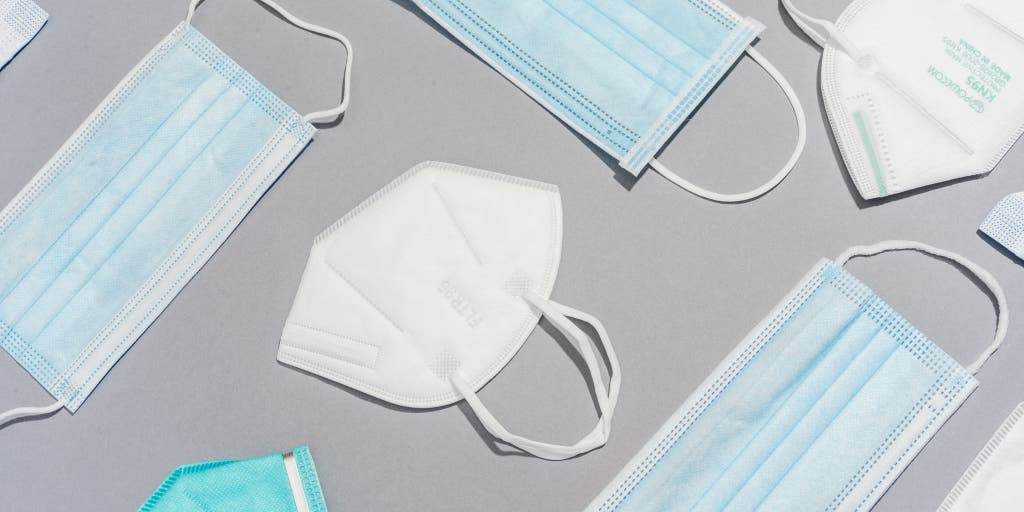Non-woven fabric is a type of cloth that is made by processing different fiber raw materials with needle rolling technology or carding machinery, and then forming or bonding with high pressure. Other names for non-woven fabric include non-woven fabric and non-woven cloth, which is produced by the non woven machine.

In the realm of non-woven materials, there is also the concept of "old technology" and "new technology," as well as "wide sense" and "narrow sense." Synthetic fleece produced using outdated manufacturing techniques. The introduction of new technologies has resulted in the ten-yuan store stocking products such as N95 masks, common environmental protection shopping bags, and a variety of curtain rags. The texture frequently consists of embossing spots that are even and tidy. When used in a wide meaning, the term "non-woven fabrics" refers to any material that resembles cloth but is not woven together using threads; when used in a restricted sense, the term "non-woven fabrics" refers to finished products that have nicely imprinted components.
It is possible to make non-woven textile bags out of any fiber, and if there is a textile recycling factory in the area, the recycled fibers used to make these bags can be transferred to other processing facilities at a reduced cost.
Non-woven fabrics' fiber raw materials frequently include polypropylene (Polypropylene), which is abbreviated as PP. Fibers might be shredded cloth, man-made fibers, or synthetic fibers (glue, resin, etc.). Or polyethylene, sometimes known as PE (abbreviation for polyethylene).
In contrast to woven fabrics, non-woven fabrics are woven using the warp and weft of a nonwoven machine. Additionally, the manufacture of non-woven fabrics might vary depending on the construction method that is used. As the cotton fibers become increasingly entangled with one another, the overall structure of the cotton will become more robust.
What are the benefits of using nonwoven fabric?
Advantages of using non-woven fabrics Non-woven fabrics, which are also known as non-woven fabrics, are advantageous in a number of ways. A sheet, web, or batt formed of oriented or randomly arranged pure natural cotton and linen fibers that have been linked to each other through friction, cohesion, or bonding, or some combination of these methods. The non-woven material has a one-of-a-kind hollow structure that is not only handy for ventilation but also free of formaldehyde, waterproof, and moisture-proof, and it is able to properly control the humidity level in the interior air. It has a pleasant and natural feel, is rich in content, and can be recycled. Strong weaving tension may be achieved using its fiber strands. Only carbon dioxide and water are produced when a whole piece of non-woven paper is fully burnt; no hazardous gases are created in this process. It is a new kind of wallpaper that is better for the environment and can be affixed to different rooms in the house without causing any harm.
The following are the principal applications for non-woven fabrics:
Non-woven materials find their most common use in the medical industry in the manufacture of surgical gowns, protective garments, masks, and diapers.
Accessories for the home, such as bedspreads, linens, tablecloths, and the like.
Surface accessories for garments, including adhesive lining and lining, as well as shaping cotton, etc.
Aspects related to industry, including industrial cement packaging bags and other materials related to industry (filters, insulating materials).
Agricultural fields: such as some seedling raising cloths, irrigation cloths and thermal insulation curtains, etc.
Which standard applies to the testing of nonwoven fabric?
The non-woven fabric is a product that is beneficial to the environment, as well as affordable and adaptable. Pearl canvas is another name for this material because of its resemblance to pearls. When it comes to the purchase, what are the requirements for inspection? This is my compilation, which includes:
1. The color of the engineering sample and the real color of the non-woven fabric do not seem to have any discernible differences in terms of their appearance. If there is chromatic aberration, the culprit might be the camera itself, or it could be an issue with the product's quality.
2. In terms of its visual appeal, the surface should have a color that is consistent throughout, a reasonable level of flatness and thickness, and no noticeable flaws such as cloud spots, glue spots, deformation, or wrinkles or damage.
3. Dimensions. Tolerance standards for non-woven materials include a gram weight tolerance of 2.5 percent and a width tolerance of 0.5 centimeters. Before making a purchase, make sure you read the product description thoroughly.
4. On the top structure of the non-woven fabric, there should not be any evidence of delamination or fluff. The tensile breaking force of the non-woven fabric is often calculated to be 75g/100g * 30N, and the penetrating force is typically calculated to be 75g * 1.0J and 100g * 1.5J.
5. Packaging. In general, the packing of non-woven textiles ranges from 350 to 400 yen per roll. These rolls are then placed in clear PP plastic bags before being sealed. Additionally, it is essential that the factory certificate of full specifications be observed.
When shopping for non-woven textiles, you may refer to the inspection requirements that have been outlined above and use them as a point of reference. It has a lifetime of just 90 days before it begins to spontaneously decay when left outside. Decompose in less than 8 years if kept inside. Burning it does not produce any harmful byproducts and does not damage the surrounding air or water. Consequently, the preservation of the environment results from this.




